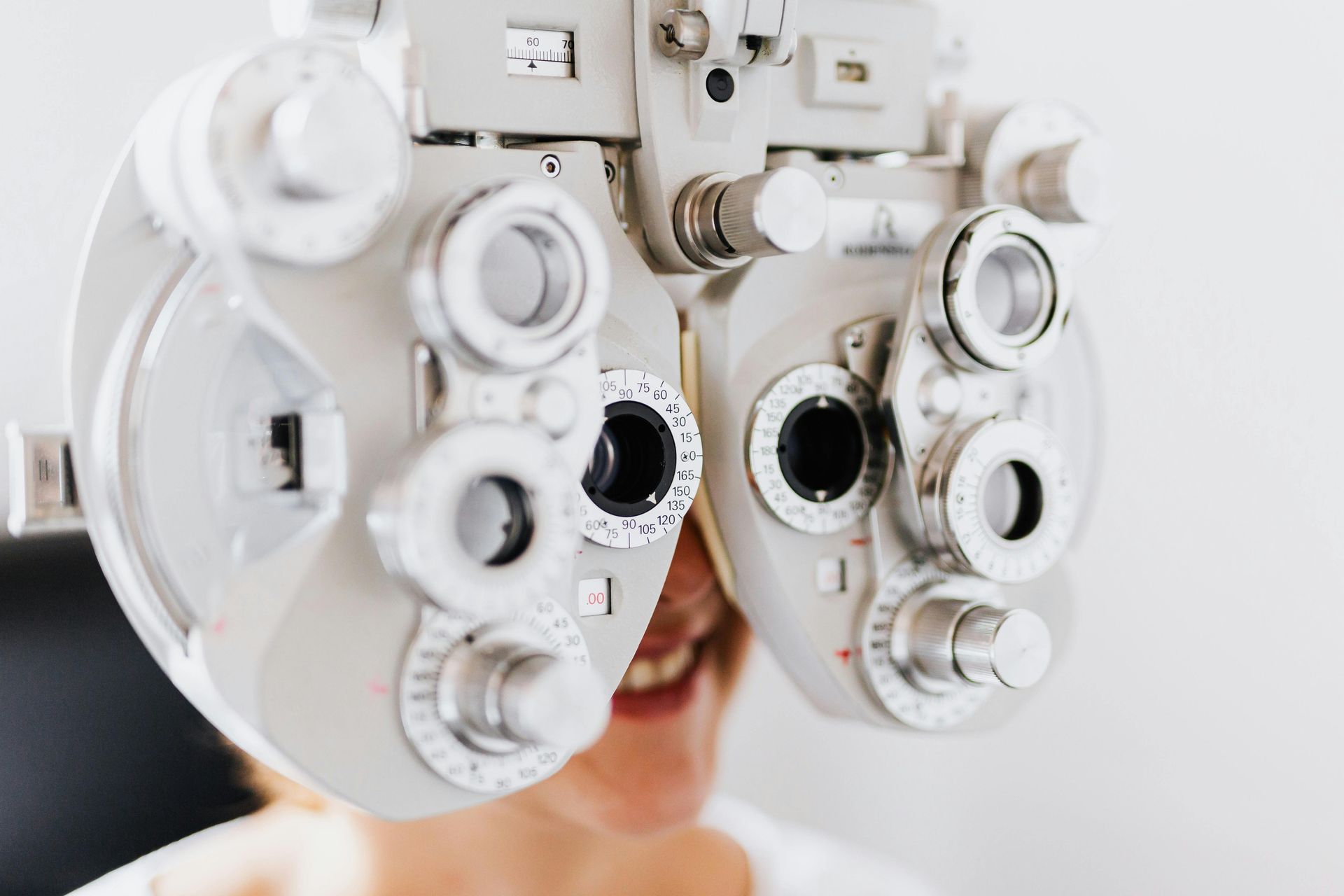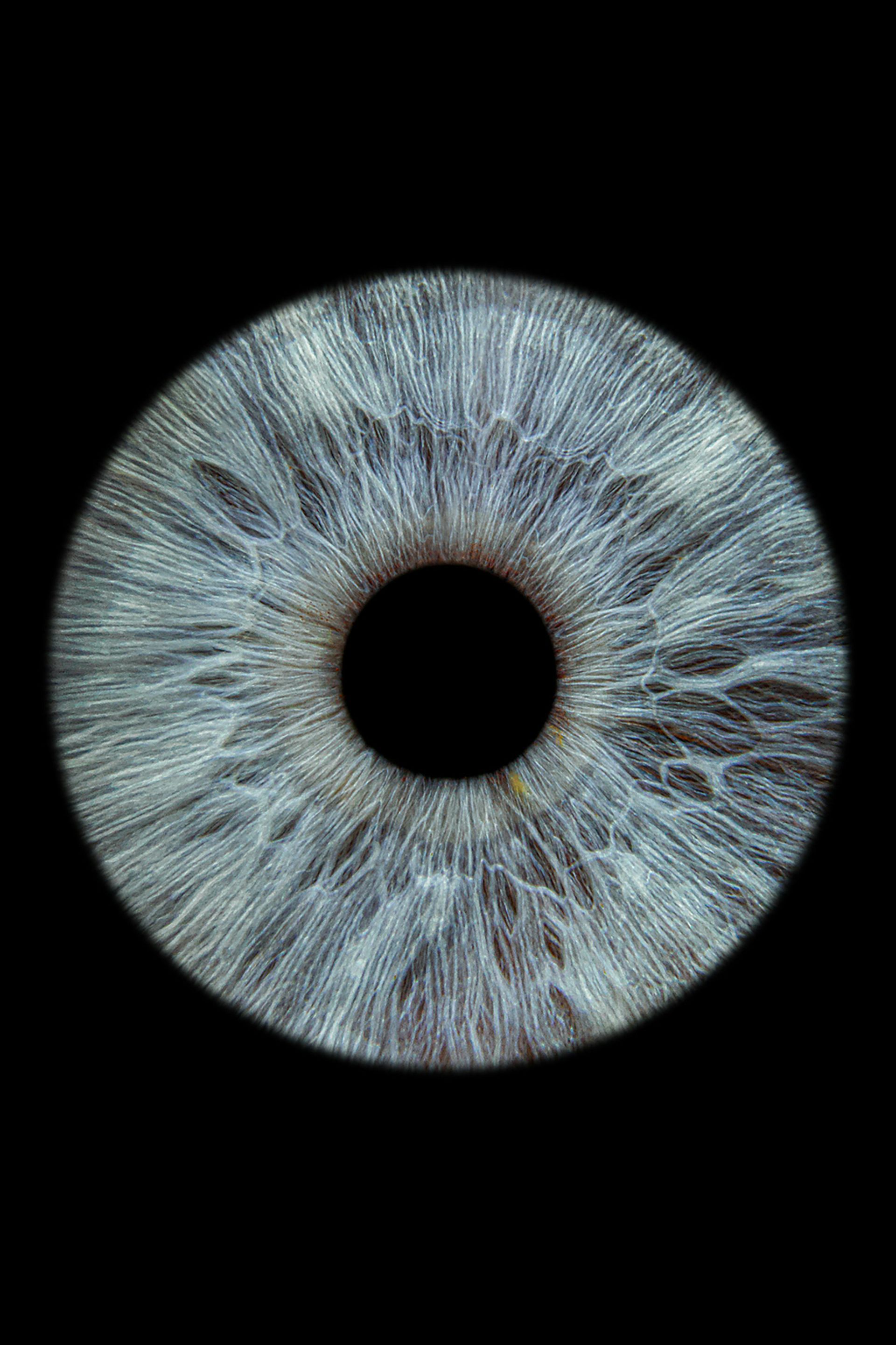Eye Care
We are pleased to bring you this Guest Blog, written by Grant Morshedi, M.D. He is an ophthalmologist at the Little Rock Eye Clinic, specializing in cataract and glaucoma surgery. We volunteer together with Dr. Morshedi at Harmony Health Clinic.
Maintaining good eye health is critical to a good quality of life. Like other aspects of preventive health practices, getting comprehensive eye examinations is key to early detection of some common eye conditions. At the Little Rock Eye Clinic, our 17 eye doctors provide care for many different eye conditions – ranging from routine vision checks, contact lens or glasses exams, LASIK surgery, and more complex surgical care for conditions such as cataract, glaucoma, and corneal diseases.
What is an eye doctor?
The term “eye doctor” can refer to either an ophthalmologist or optometrist. An optometrist is a Doctor of Optometry (O.D.) who completed 4 years of optometry school following college. Some also then complete a 1-year residency further honing their skills in a specific area of practice. Optometrists are skilled in primary eye care, prescribing glasses and contact lenses, and diagnosing and treating common eye conditions.
An ophthalmologist is a medical doctor (M.D. or D.O.) who graduated from medical school, then completed residency training for 4 years in ophthalmology, sometimes followed by specialty fellowship training for another 1-2 years. Ophthalmologists perform surgical procedures and, depending on their specialty, may also perform primary eye care and prescribe glasses and contact lenses.
Generally, specialists (e.g. glaucoma specialists, cornea specialists, retina specialists, etc.) are ophthalmologists who have completed extra fellowship training to provide comprehensive medical and surgical care for those specific eye conditions within their area of expertise. At the Little Rock Eye Clinic, we have optometrists, comprehensive ophthalmologists, glaucoma specialists, and cornea/refractive surgery specialists.

When should I get an eye exam?
Some common eye conditions such as refractive errors (myopia, hyperopia, and astigmatism) can occur at any age. Other conditions such as cataract, glaucoma, and macular degeneration are more common among older adults. For this reason, the American Academy of Ophthalmology recommends the following comprehensive eye exam schedule for healthy adults:
- Before age 40: comprehensive exam every 5-10 years
- Age 40-65: comprehensive exam every 1-5 years, depending on recommendation of doctor
- Age 65+: comprehensive exam every 1-2 years
Some adults may need to be seen more frequently than this, depending on their individual eye health or if they have other medical conditions such as diabetes that could affect their eye health.
The goal of comprehensive eye exams is to detect conditions that could affect future eye health and vision – especially conditions where early detection and treatment is key to successful treatment, such as glaucoma and diabetic retinopathy. Many such conditions have little or no symptoms in the early stages, so detection during a routine eye exam is often the only way to be diagnosed and effectively treated.
In the following sections, we’ll briefly review some of the most common conditions that can affect eye health.
Cataract
A cataract is when the natural lens inside the eye becomes cloudy and/or discolored. Clear at birth, the lens helps to refract light rays into a crisp focus on the retina. Throughout life, the lens builds up proteins and metabolic byproducts that affect its clarity, elasticity, and color. Eventually, this leads to vision that is blurry, hazy, less colorful, or cloudy. This often occurs slowly, gradually, and symmetrically between the two eyes so that it may be difficult to detect (similar to how an old shirt gradually fades with repeated laundering, but it’s difficult to notice unless you have a brand new shirt to compare it to).
If a cataract is present but not affecting your quality of life, it doesn’t have to be removed. Sometimes, updating your glasses prescription is enough to improve your vision sufficiently. Cataract surgery is considered when the cataract is affecting the vision in ways that impair your ability to do things that you like to do or need to do (e.g. driving, reading, hobbies). Surgery is often quick (10-15 minutes), painless, and highly successful. It involves removing the cataract and replacing it with an artificial lens implant (intraocular lens or IOL). Once removed, the cataract does not grow back, but it is common to have a hazy lens capsule develop later on that can easily be treated with a laser procedure called capsulotomy.

Glaucoma
Glaucoma is a condition where the optic nerve that connects the eye to the brain gradually gets damaged from elevated eye pressure. It is the leading cause of permanent blindness worldwide, yet it usually begins silently and therefore can only be detected early with a comprehensive eye exam. Blindness from glaucoma can often be prevented with early detection and treatment – which involves lowering the intraocular pressure using medications, lasers, or surgeries. Risk factors for glaucoma include age over 40, certain ethnicities (African, Hispanic, or Asian heritage), certain medications such as steroids, diabetes, previous eye injuries or surgeries, and family history of glaucoma.
Macular degeneration
The full term for this is “age-related macular degeneration,” which highlights the most important risk factor for this disease (aging). More common in patients with family history of the disease, smokers, and patients with hypertension, this condition has 2 main types: “wet” and “dry”. The dry form is more common and typically associated with milder vision loss. The wet form involves leakage of blood or fluid underneath the central part of the retina (the “macula”) and is often treated with injected medications to dry the fluid and slow down the progression of the disease. Patients with macular degeneration often have some degree of central vision impairment, ranging from mild distortion or smudging to a large central blind spot.
For more information about common eye conditions and great tips about common eye health issues, check out the American Academy of Ophthalmology’s EyeSmart
website. Visit the Little Rock Eye Clinic
website or call
(501)224-5658 to schedule your comprehensive eye exam.
Note - We asked Grant Morshedi, M.D. to write this special Guest Blog. Thank you, Dr. Morshedi, for providing this overview on eye care for us and our readers!
Let us know your thoughts on these topics and/or what you'd like to see here!





